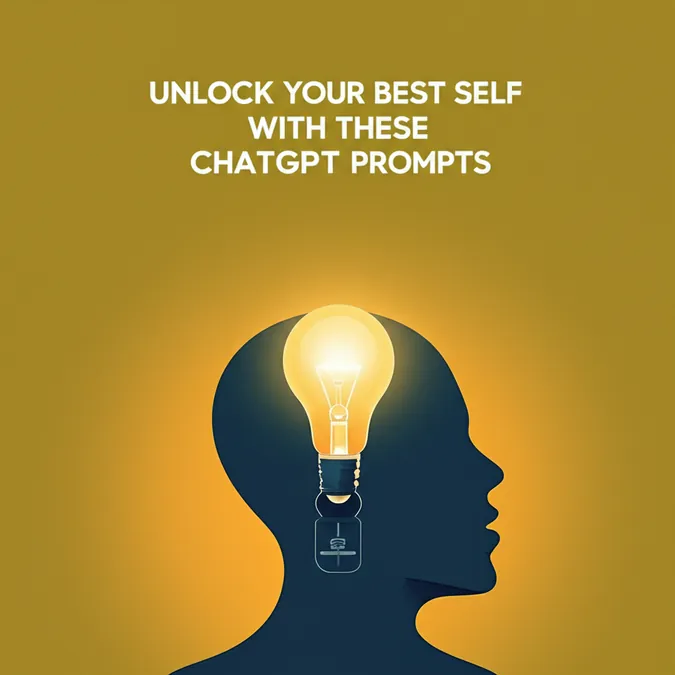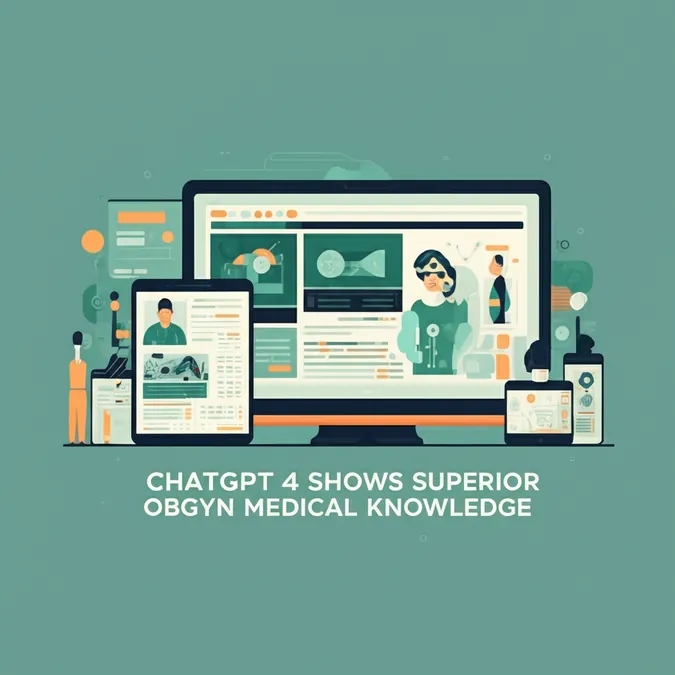Developer Offer
Try ImaginePro API with 50 Free Credits
Build and ship AI-powered visuals with Midjourney, Flux, and more — free credits refresh every month.
Monetize Your Skills Using These Three AI Hacks

Stop Wasting AI and Start Earning
What are you typically using ChatGPT for? Is it for routine tasks like drafting emails, figuring out a polite Slack message, or generating generic LinkedIn comments to boost your visibility? If so, you are using Generative AI the wrong way.
You have an opportunity to transform your everyday skills into real capital and create sustainable income streams. Instead of playing small with AI tools and copying what everyone else is doing, it's time to think bigger. Shallow effort leads to shallow results. This guide will show you how to use ChatGPT to leverage your skills in ways you never thought possible, making a real difference in your career and finances.
Hack 1: Give ChatGPT a Clear Mission
The way you phrase your prompts directly influences the quality of the output you receive. Vague requests yield vague answers. Instead of asking for something simple, give the AI a mission.
For example, instead of saying:
Give me a content calendar for my blog about health and wellness.
Try framing it as a mission:
Example: "I am a health and wellness coach creating a blog. Your mission is to enable me to achieve 500 subscribers within 90 days. Give me a step-by-step breakdown and strategy, including what times to schedule my posts and what topics would resonate most with my audience right now in July 2025."
Phrasing your request with "Your mission is..." tends to generate more thoughtful, strategic, and high-quality responses. Give it a try.
Hack 2: Set Strict Parameters for the AI
When you interact with ChatGPT, you are essentially training a bot to deliver exactly what you need. The better you train it, the better the results. Think of it like raising a child; you need to establish clear rules and restrictions as guidelines. You cannot expect a perfect result on the first try without providing proper direction.
A powerful way to train the AI is to tell it what not to do. For instance, if you're developing your brand voice as a freelance tech consultant, you can set clear boundaries.
Example: "Your mission is to help me create and define my brand voice. You can use words and phrases like X, Y, and Z, but you must not include A, B, and C."
Establishing these rules is also incredibly helpful when organizing your work into different project folders within ChatGPT or when customizing the instructions in your account settings.
Hack 3: Build on Your Prompts for Deeper Results
Another effective hack is prompt stacking, where you build upon previous prompts to generate a highly detailed and finished product. This is where many users fail. They'll enter a simple prompt like, "Help me write a blog about corporate wellness," and stop there. This approach offers no room for growth and produces shallow content that cannot be monetized.
Instead, follow this process:
- Start with a detailed, mission-oriented prompt like the ones above.
- Provide sufficient context about your goals and audience.
- Once you get a response, probe deeper with follow-up questions:
- Why would you recommend XYZ?
- What is the reasoning behind this strategy?
- What would happen if I tried ABC instead?
- Give me five examples of this strategy in action.
Take it even further by attaching screenshots or photos of the work you've created based on the AI's advice and ask for feedback:
- Does this draft fit the requirements you shared with me?
- What are the pros and cons of this approach?
- Can you identify the strengths and weaknesses here?
How These Hacks Translate Into Real Income
These strategies are designed to turn your skills into money-making assets.
With the first hack, giving the AI a mission, you turn it into a targeted assistant. This allows you to achieve major goals, such as launching a full-time business as a social media copywriter or creating a robust business plan for your illustration and design skills that ensures a steady client pipeline.
The second hack, setting clear parameters, helps you stay relevant and produce high-quality, non-generic work. By defining your target audience, word counts, brand voice, and industry context, you can create deliverables that are specific, in-demand, and client-ready. This allows you to monetize your skills within a specific niche.
Finally, prompt stacking empowers you to build a full content pipeline to establish yourself as a thought leader, create a digital product like an e-book from scratch, and manage its entire go-to-market strategy. You can build and promote clear offers online with a complete omnichannel strategy.
The bottom line is that you already possess valuable skills from your current and past jobs, volunteer roles, and education. It's time to use AI to capitalize on them and shortcut the path to monetization.
Frequently Asked Questions
How do I monetize my skills?
First, list your skills. Then, research which ones are currently in high demand; industry reports from sources like Coursera can be very helpful. Next, use ChatGPT to help you conceptualize, create, and execute a strategy to turn that skill from an idea in your head into an asset that makes you money.
What if I don’t have marketable skills?
It is highly unlikely that you lack marketable skills. Everyone has transferable abilities, often called soft skills or power skills. These can be creatively combined with your interests or stacked together to generate a lucrative income.
Compare Plans & Pricing
Find the plan that matches your workload and unlock full access to ImaginePro.
| Plan | Price | Highlights |
|---|---|---|
| Standard | $8 / month |
|
| Premium | $20 / month |
|
Need custom terms? Talk to us to tailor credits, rate limits, or deployment options.
View All Pricing Details

